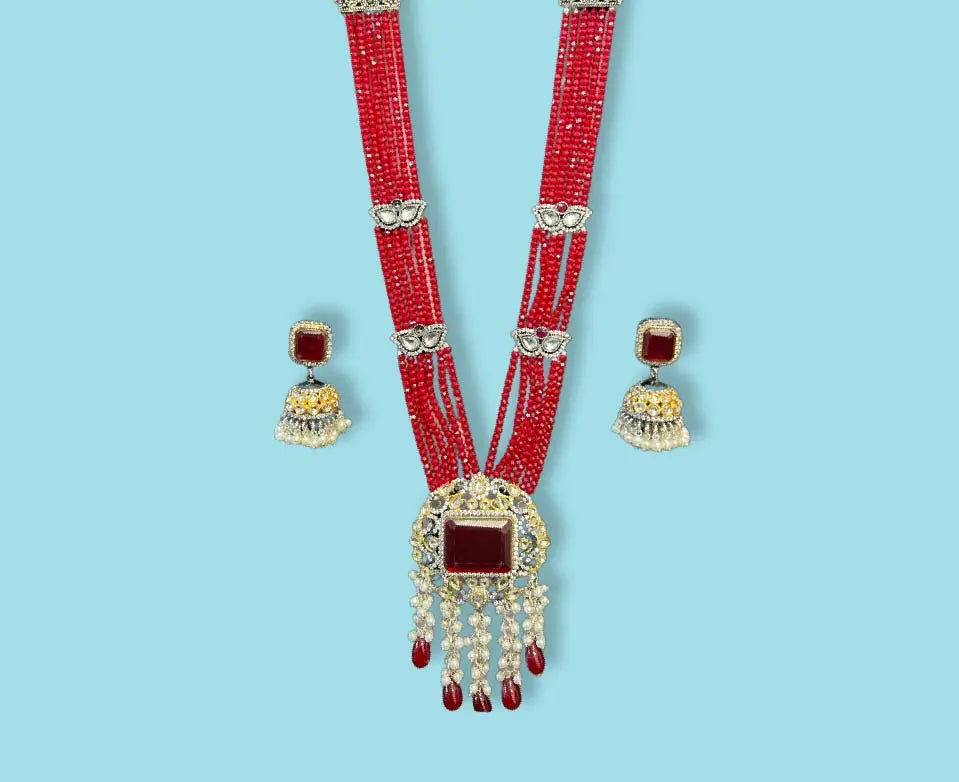
The Cultural Impact of Ethnic Jewellery in Modern Fashion
Share
I’ve always had a soft spot for old jewellery. The kind your mother kept wrapped in tissue, smelling faintly of talcum powder and years. Lately, I’ve been seeing pieces like that everywhere in California — not in museums, but on real people. A girl at a coffee shop wearing heavy silver hoops, someone at a flea market with an old Kundan choker thrown over a white tee.
It’s funny how ethnic jewellery has slipped quietly into modern fashion. It doesn’t look out of place anymore. It looks… right. Maybe because it has a story. You can buy ten pairs of earrings from a chain store and forget them in a drawer, but that one pair of handmade jhumkas from a small shop? You’ll keep reaching for it.
A few months ago, I came across Ethnic Andaaz, a small brand that sells pieces made by Indian artisans. Nothing flashy, just honest work. The metal feels warm, a little uneven, which I actually love. I wore one of their necklaces to a dinner in San Francisco, and three people asked where it was from. That never happens with mass-produced stuff.

That’s the thing about Ethnic Jewelry California shoppers are starting to fall in love with—it feels human. Someone’s hands shaped it, someone’s imagination gave it life. When you wear it, you’re part of that chain.
And it’s not just nostalgia. It’s also a quiet rebellion against fast fashion. People want things that last, that carry weight. Ethnic jewellery does that without trying too hard. It can sit on a plain shirt or a wedding sari and still look like it belongs.
Maybe that’s why it’s everywhere right now. Not because it’s trending, but because it reminds us that beauty doesn’t need to be perfect or new. It just needs to mean something.

